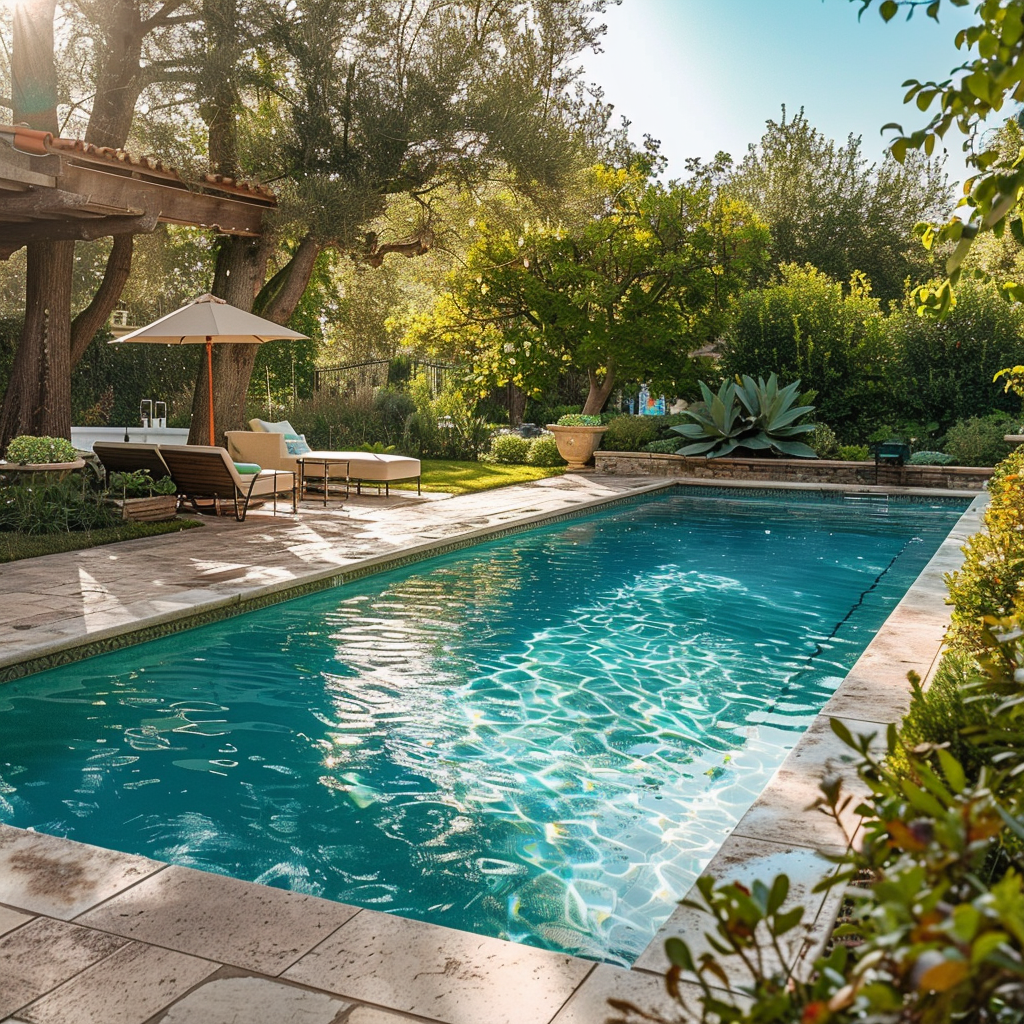Maintaining a clean and safe swimming pool requires a delicate balance of various chemical levels, the most critical being free chlorine and cyanuric acid (CYA). These two components play pivotal roles in ensuring your pool water is free from harmful microorganisms while protecting chlorine from rapid degradation due to sunlight. Understanding the relationship between free chlorine and cyanuric acid is essential for effective pool maintenance.
What is Free Chlorine?
Free chlorine refers to the amount of chlorine available to sanitize and disinfect your pool water. It effectively kills bacteria, viruses, and other pathogens, keeping the water safe for swimmers. Maintaining an appropriate level of free chlorine is crucial; too little can lead to algae growth and an unhygienic pool, while too much can cause skin and eye irritation.
The Role of Cyanuric Acid
Cyanuric acid, often referred to as a chlorine stabilizer or conditioner, helps protect chlorine from the sun’s ultraviolet (UV) rays. Without CYA, chlorine would rapidly degrade, especially in outdoor pools exposed to direct sunlight, rendering it ineffective in keeping the pool clean. By stabilizing chlorine, CYA ensures that a sufficient amount of chlorine remains available in the water for a longer period.
The Ideal Balance
The key to effective pool maintenance lies in achieving the right balance between free chlorine and cyanuric acid. According to industry standards, the ideal range for free chlorine in pool water is typically between 1-3 parts per million (ppm), while the optimal range for cyanuric acid is 30-50 ppm. However, the presence of CYA necessitates adjusting free chlorine levels accordingly.
The Chlorine/Cyanuric Acid Ratio
An essential aspect of managing your pool’s chemistry is maintaining an appropriate chlorine/CYA ratio. A common recommendation is to keep the free chlorine level at 7.5% of the cyanuric acid level. For instance, if your pool has a CYA level of 40 ppm, the free chlorine should be approximately 3 ppm (40 ppm * 0.075 = 3 ppm). This ratio ensures that the chlorine remains effective in sanitizing the water without being overly consumed by the UV rays.
High Cyanuric Acid Levels: The Downside
While cyanuric acid is beneficial in protecting chlorine from sunlight, excessively high levels can lead to problems. When CYA levels exceed 50 ppm, it can significantly reduce the effectiveness of chlorine, necessitating higher free chlorine levels to maintain proper sanitation. Extremely high CYA levels can lead to a condition known as “chlorine lock,” where the chlorine becomes so bound to the CYA that it’s unable to effectively disinfect the pool. In such cases, pool owners may need to partially drain and refill their pools to lower the CYA concentration.
Testing and Adjusting Levels
Regular testing of your pool’s water is crucial to ensure both free chlorine and cyanuric acid are within the recommended ranges. Test kits or digital testers can provide accurate readings. If CYA levels are too low, adding a stabilizer can help. Conversely, if levels are too high, dilution through partial draining and refilling is often necessary. For free chlorine, adding chlorine tablets or liquid chlorine can help maintain appropriate levels.
Practical Tips for Pool Owners
-
Consistent Monitoring
Test your pool water at least twice a week during peak swimming season to monitor chlorine and CYA levels accurately.
-
Balanced Addition
When adding CYA, do so gradually and in stages, allowing the chemical to fully dissolve and integrate into the water.
-
Avoid Overstabilization
Be cautious with stabilized chlorine products (like trichlor tablets), as they can contribute to rising CYA levels. Consider using unstabilized chlorine when CYA is already at an optimal level.
-
Professional Assistance
If managing pool chemistry seems challenging, seek advice from pool maintenance professionals who can provide tailored recommendations.
Understanding the relationship between free chlorine and cyanuric acid is vital for maintaining a safe and clean swimming pool. By regularly monitoring and adjusting these levels, pool owners can ensure their pool remains a healthy and enjoyable environment for all swimmers. Proper balance not only enhances the effectiveness of chlorine but also prolongs its presence, offering a practical approach to pool maintenance.


Comments are closed.